
How to Fix a Broken Clasp on a Bracelet: Fast Repair Tips
Wondering how to fix a broken clasp on a bracelet? First, identify the clasp type—spring ring, lobster, magnetic, or toggle. Next, gather precision pliers, replacement jump rings, and matching clasp components. Secure the bracelet, open the jump ring, and attach the new or repaired clasp, ensuring alignment before closing the ring tightly. Test the clasp’s function and stability by gently pulling. With these concise steps, you’re all set to restore your bracelet. For worry-free shine and durability, explore Atolea’s non-tarnish bracelets.
Identifying the Type of Bracelet Clasp
Before you can repair a broken clasp, you’ll need to accurately identify the type of clasp securing your bracelet. Examine the closure mechanism closely.
If you notice two magnetized ends that snap together, you’re dealing with magnetic clasps. These rely on magnetic force and often require alignment for proper closure.
If your bracelet uses a bar that fits through a ring and locks by gravity, that’s a toggle clasp—common for chunkier designs. Inspect each component: note if the toggle bar is bent or if the ring is deformed.
For magnetic clasps, check for weakened magnets or surface debris interfering with connection.
Document the clasp type and any visible damage. This precise identification guarantees you’ll apply the correct repair technique for your specific clasp type.
Gathering Essential Tools and Materials
Once you've identified your bracelet's clasp type, assemble the necessary tools and materials to guarantee an effective repair. Gather two pairs of precision jewelry pliers—flat-nose and round-nose—for controlled gripping and shaping.
Select replacement jump rings or clasps compatible with your bracelet’s metal and size. Keep a jeweler’s loupe or magnifying glass on hand to inspect small components for wear or damage. Lay out a soft, lint-free cloth to prevent surface scratches and provide a secure workspace.
For maximum bling maintenance, use a non-abrasive cleaning solution to remove residue before repair. Place all materials within reach, using a sectional tray for organized jewelry storage and to avoid losing tiny parts.
This preparation ensures efficient, precise repairs and extends your bracelet’s lifespan.
Reattaching a Loose or Detached Clasp
If your bracelet’s clasp has loosened or detached, secure both ends of the bracelet on your workspace to prevent slippage during repair.
Using precision pliers, carefully open the jump ring or attachment loop without distorting its circular form. Slide the loose or detached clasp onto the ring, ensuring proper alignment according to your bracelet styling preferences and current fashion trends.
If the jump ring shows wear, replace it with a new, compatible one for maximum security. Close the ring by gently twisting the ends back together, guaranteeing there’s no gap.
Double-check the connection’s stability by lightly tugging on the clasp. This precise method ensures your bracelet remains stylish and functional, ready to complement the latest fashion trends and your personal styling choices.
Tightening a Loose Clasp Mechanism
Although a loose clasp mechanism can compromise your bracelet’s security, you can often restore its functionality with careful adjustment. First, examine the clasp design to identify the specific area causing looseness—spring ring, lobster, or box clasps may each require a different approach.
Using precision pliers, carefully compress or realign the moving parts, ensuring you don’t distort the overall shape. Always consider material compatibility; softer metals like gold or silver may deform easily, so apply gentle, controlled pressure.
Test the clasp by opening and closing it several times, checking for secure engagement. If the mechanism still slips, inspect for worn or bent components. Proper tightening should restore tension, allowing the clasp to snap shut firmly and maintain reliable closure during wear.
Replacing a Broken Clasp With a New One
When a clasp is beyond repair, replacing it with a new one guarantees your bracelet remains both functional and secure. Begin by selecting a replacement clasp that matches the original in size and clasp material compatibility—this prevents corrosion or weakening at the connection points.
Consider bracelet design considerations, such as color, style, and weight, to ensure the new clasp complements the bracelet’s aesthetics and structure. Using two pairs of jeweler’s pliers, carefully open the jump ring or split ring attaching the old clasp.
Remove the damaged clasp and thread the new clasp onto the ring. Securely close the ring, ensuring there’s no gap. Test the clasp’s mechanism several times for smooth operation and a reliable hold before wearing your bracelet again.
Temporary Fixes When You’re in a Hurry
Need a fast solution for a broken bracelet clasp? First, assess material compatibility—ensure your quick fix won’t damage the bracelet’s metal, leather, or fabric.
Use a small safety pin for metal or chain bracelets; insert the pin through both clasp ends and fasten securely.
For elastic or cord bracelets, tie a double or surgeon’s knot, trimming excess for a cleaner look.
Consider a thin ribbon or decorative thread; thread it through both ends and tie a bow, aligning with current fashion trends for visible, stylish repairs.
Avoid adhesives, as they may not bond well with certain materials and can stain.
Always select a temporary fix that matches the bracelet’s style, maintaining both structural integrity and visual coherence until a permanent repair is possible.
Preventing Future Clasp Issues
If you want to extend your bracelet’s lifespan, routinely inspect the clasp mechanism for signs of stress, wear, or misalignment. Examine the clasp materials for any corrosion or deformation, paying attention to the contact points and hinges.
Choose a clasp type that matches your bracelet style—lobster clasps for delicate chains, box clasps for heavier designs.
Avoid exposing your bracelet to harsh chemicals or excessive moisture, as these can degrade metal components and weaken the connection.
Gently open and close the clasp to prevent metal fatigue.
Store your bracelet flat and unclasped to minimize tension on the mechanism.
When to Seek Professional Jewelry Repair
Although basic clasp repairs are manageable at home, certain bracelet issues require a professional jeweler’s expertise. If your bracelet features luxury jewelry components—such as precious metals, intricate gemstone settings, or designer branding—don’t attempt a DIY fix. You risk damaging the finish, misaligning components, or voiding warranties.
For vintage repairs, seek a specialist familiar with historical techniques and materials; improper handling can decrease value or compromise structural integrity. If the clasp is soldered, the hinge mechanism is jammed, or micro-pavé stones are nearby, a jeweler’s precision tools and magnification are essential.
Always consult a professional for repairs involving soldering, gemstone resetting, or antique restoration. Your jeweler will assess, source matching components, and ensure your bracelet’s clasp operates securely and preserves its value.
Frequently Asked Questions
Can I Use Glue to Fix a Broken Bracelet Clasp?
You can attempt a DIY repair using strong jewelry adhesive as an alternative, but guarantee the clasp parts fit precisely. Clean surfaces, apply a minimal amount, and allow complete curing. Adhesive alternatives lack durability compared to professional soldering.
Is It Safe to Shower With a Repaired Clasp?
You shouldn't shower with a repaired clasp, as water exposure compromises jewelry maintenance and weakens clasp durability. Moisture can erode adhesives or metal components, so remove your bracelet before showering to preserve ideal structural integrity and longevity.
How Do I Clean a Clasp Without Damaging It?
To clean a clasp without damaging it, use gentle cleaning methods. Soak it in mild soapy water, then scrub with a soft brush. Rinse thoroughly. Avoiding damage requires skipping harsh chemicals, ultrasonic cleaners, and abrasive tools. Dry completely.
Are Magnetic Clasps Secure for Heavy Bracelets?
You should evaluate magnetic strength and clasp durability before choosing magnetic clasps for heavy bracelets. If the magnetic force isn’t strong enough or durability lacks, the clasp may disengage under stress, risking accidental bracelet loss or damage.
What Materials Are Hypoallergenic for Bracelet Clasps?
When choosing bracelet clasps, you should select hypoallergenic metals like surgical-grade stainless steel, titanium, or niobium. These safe materials minimize allergic reactions. Always avoid nickel alloys, as they frequently trigger contact dermatitis in sensitive individuals.
Conclusion
By accurately diagnosing clasp issues and utilizing the proper tools—such as jeweler’s pliers, jump rings, and replacement clasps—you can efficiently restore your bracelet’s functionality. Execute each repair step methodically: reattach or tighten the clasp, employ temporary fixes in urgent cases, and always verify clasp security post-repair. For intricate or irreparable damage, consult a professional jeweler. Consistent inspection and preventative care will extend your bracelet’s lifespan and reduce future clasp malfunctions.







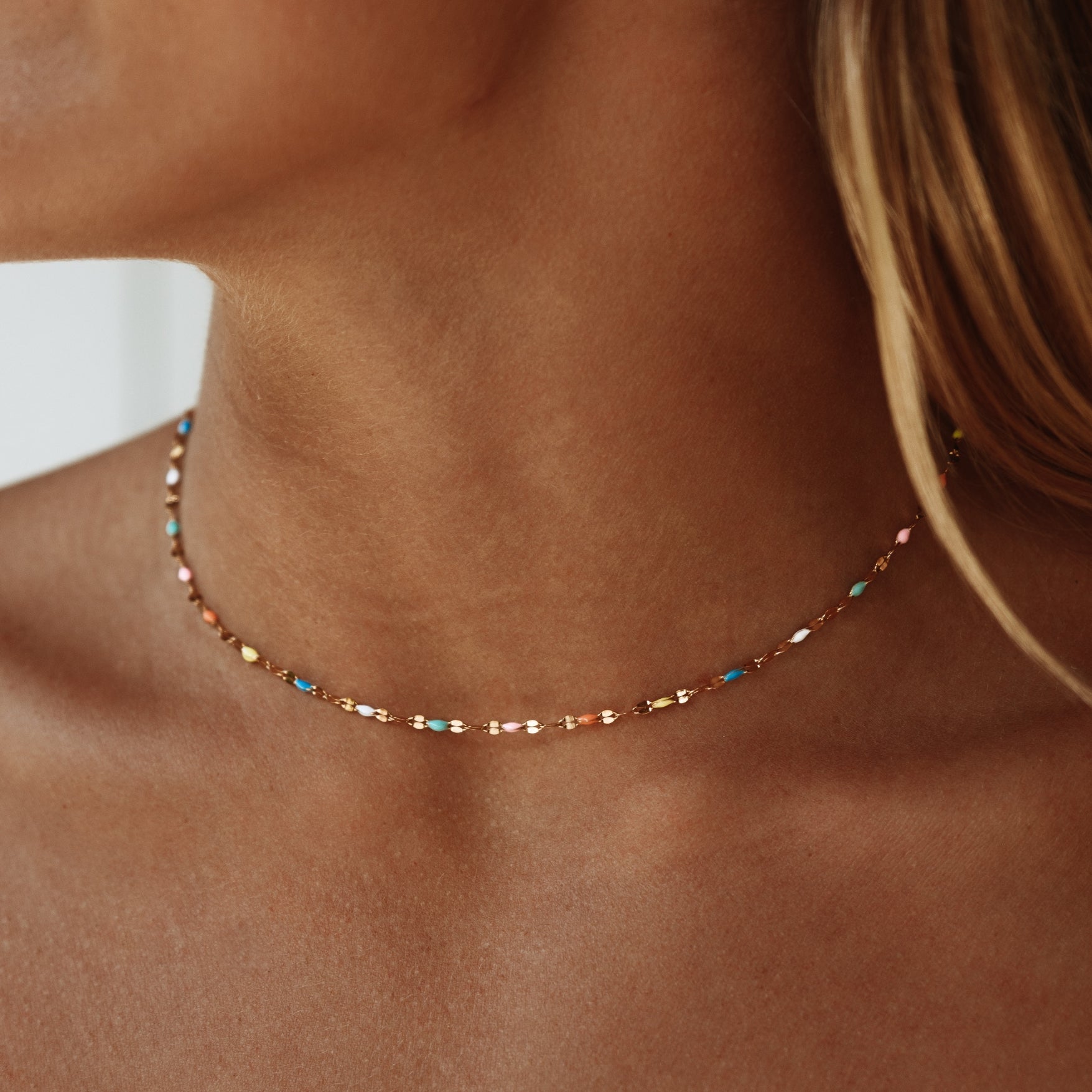
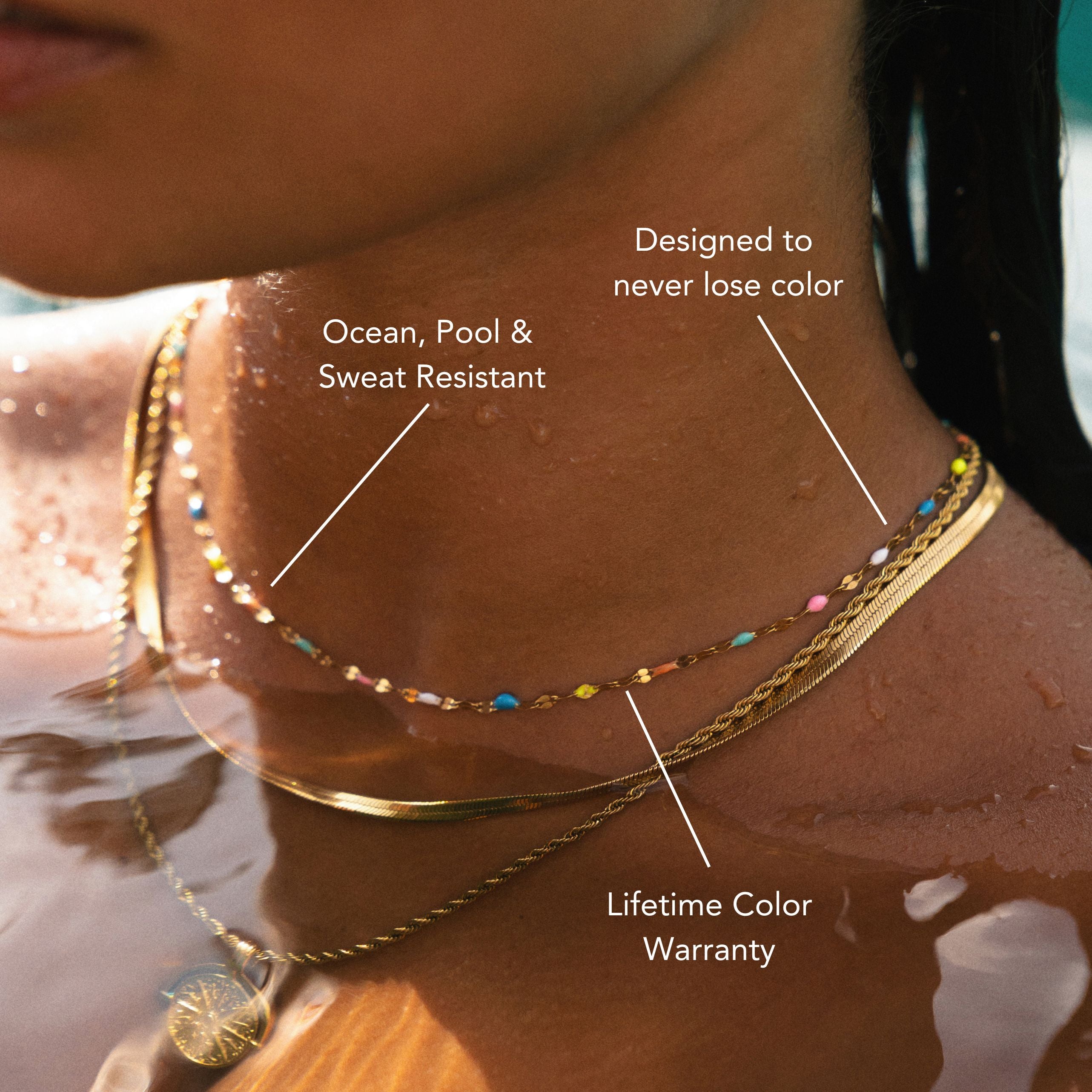
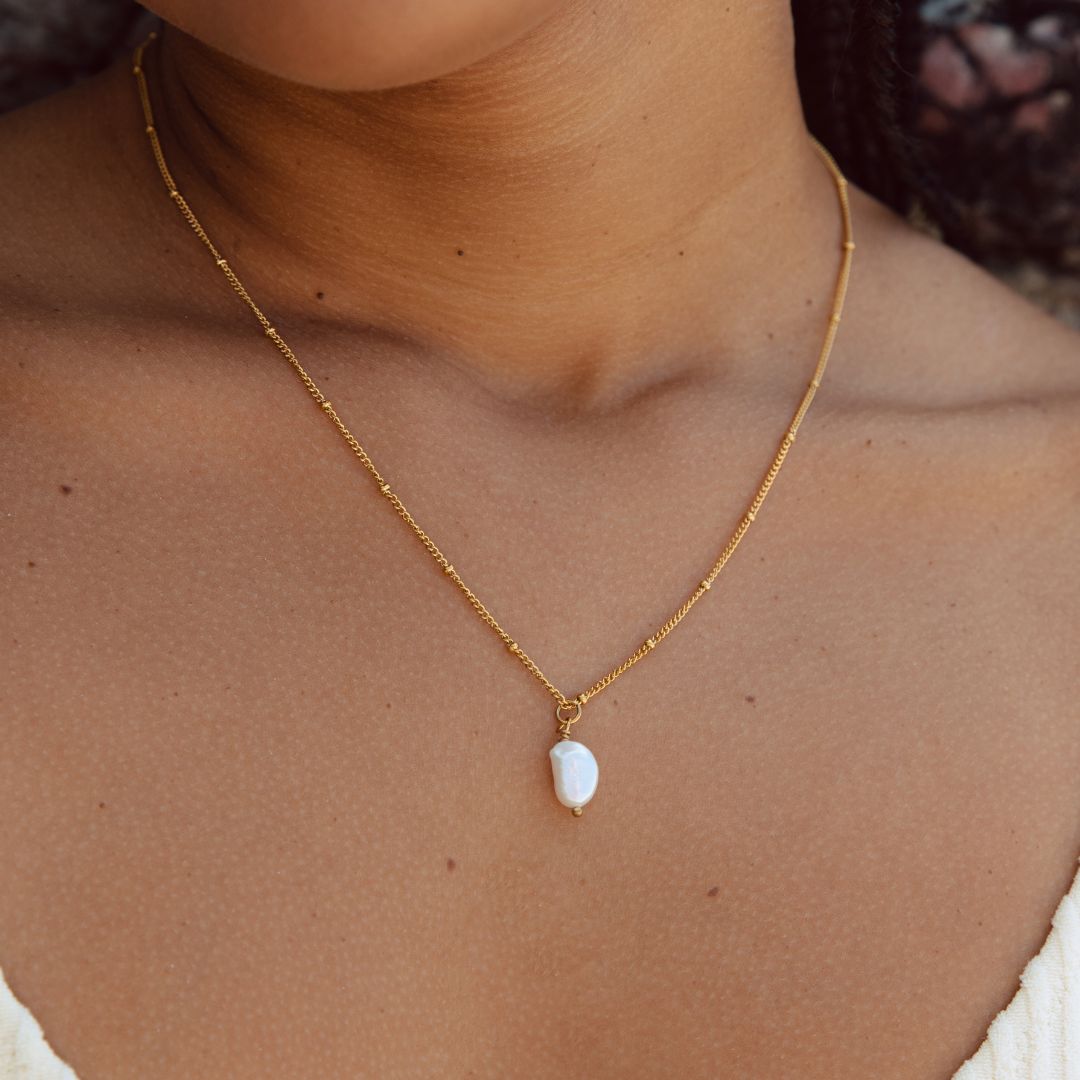

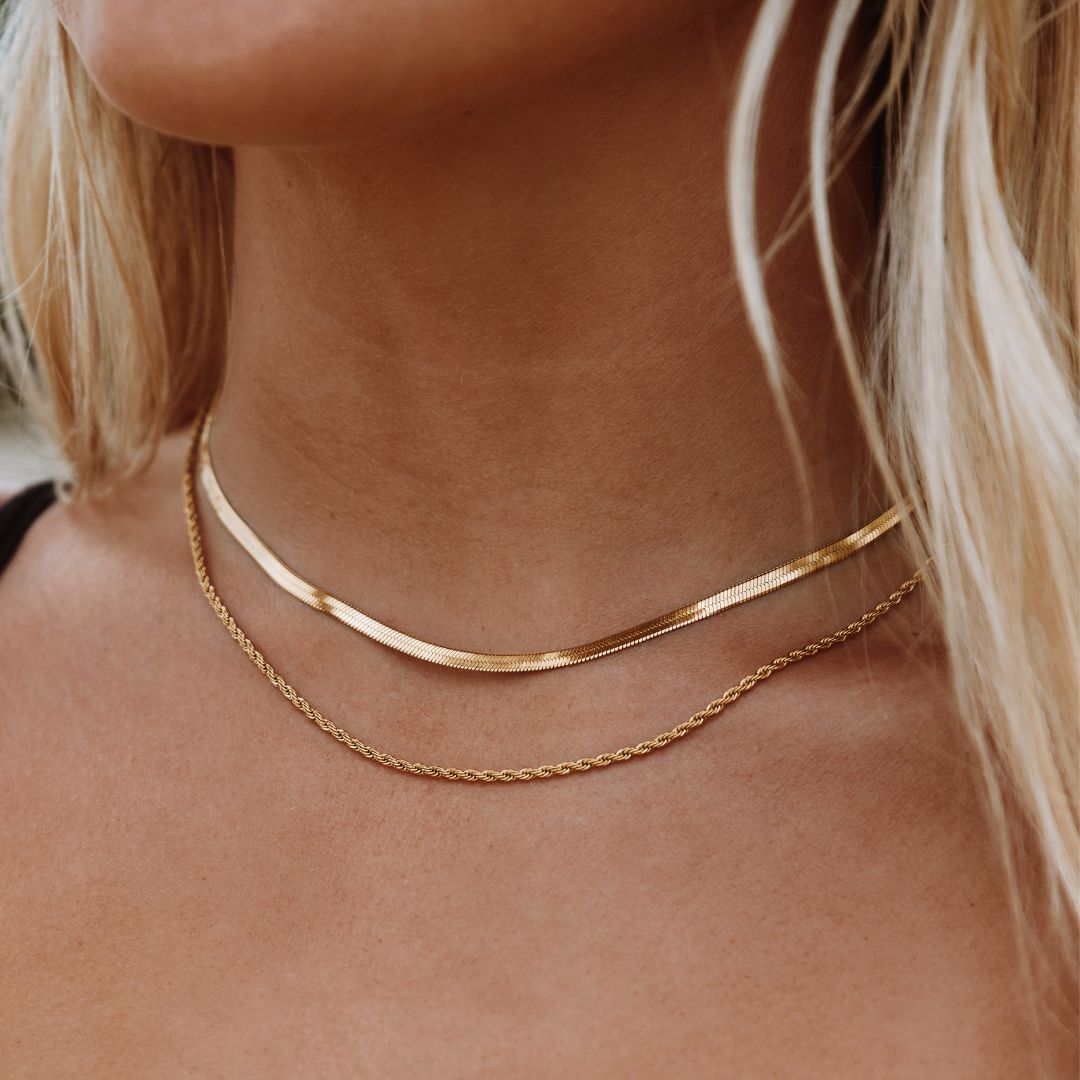
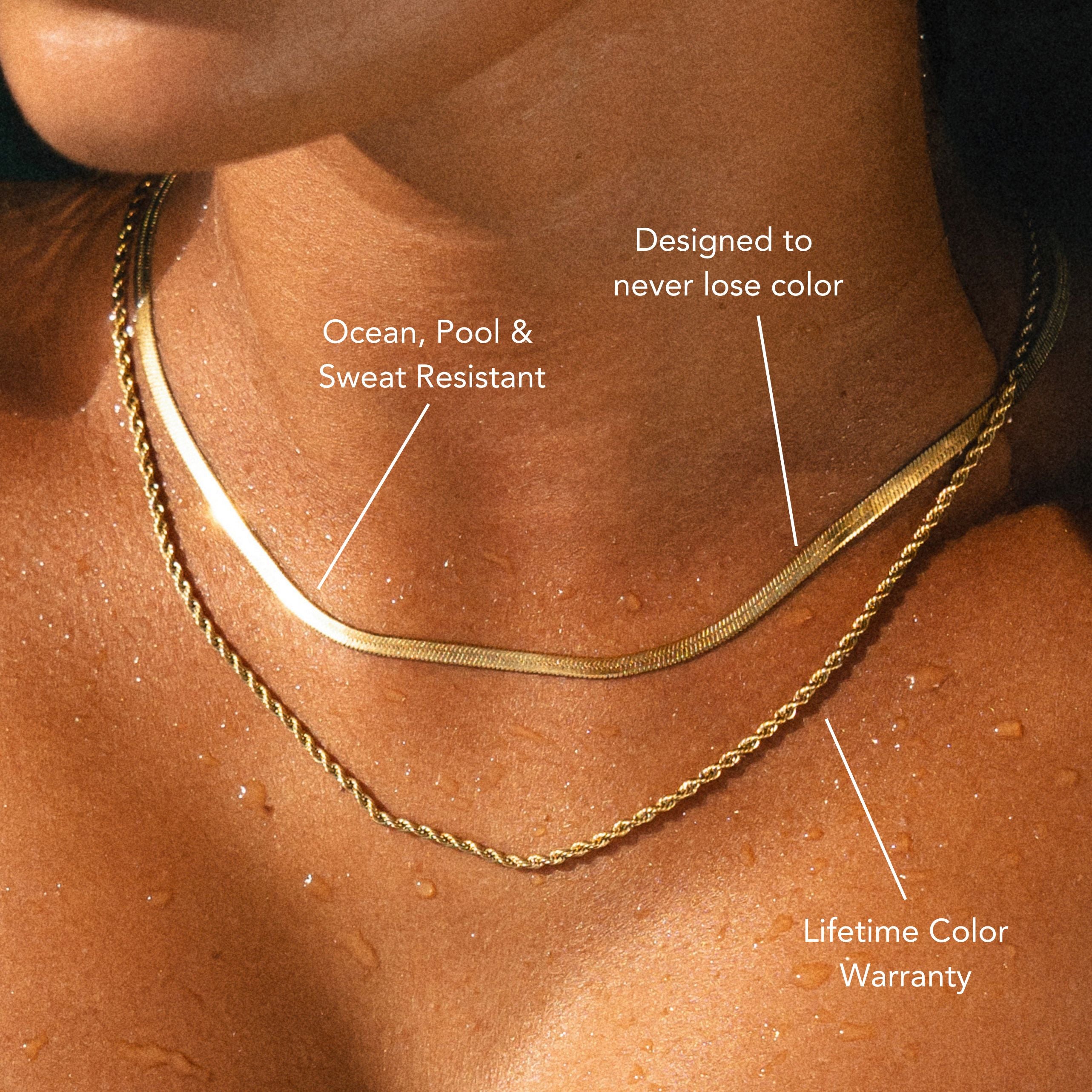
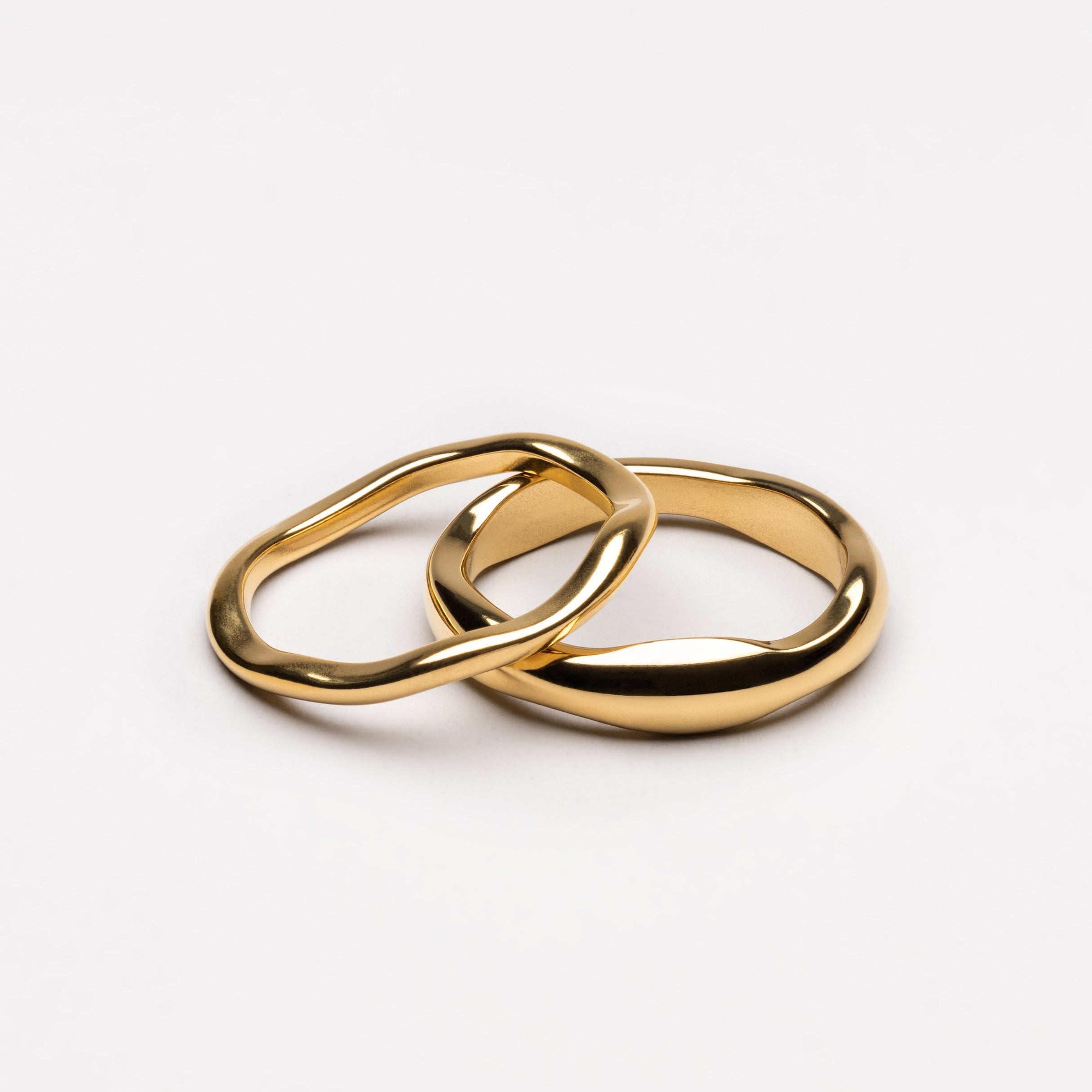
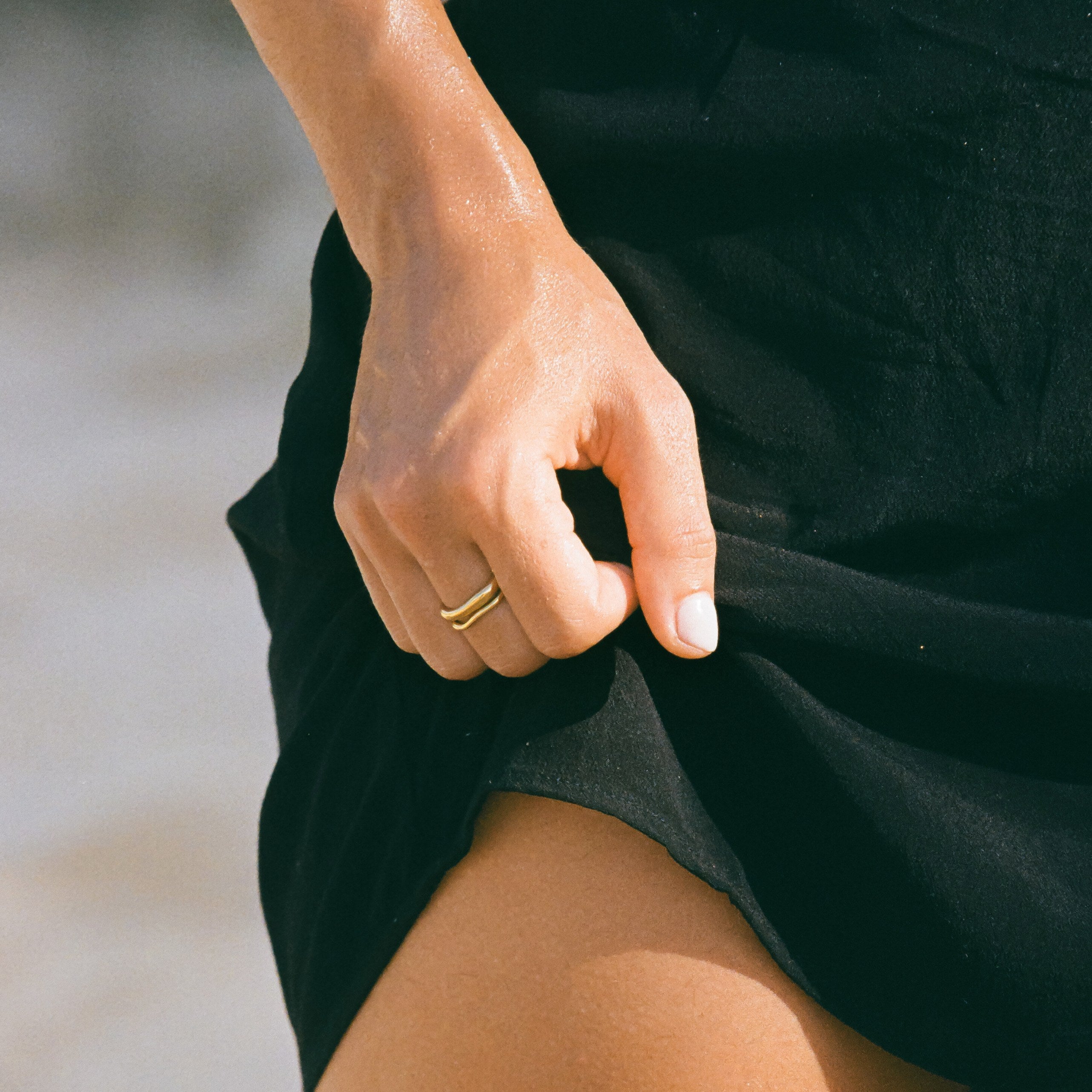
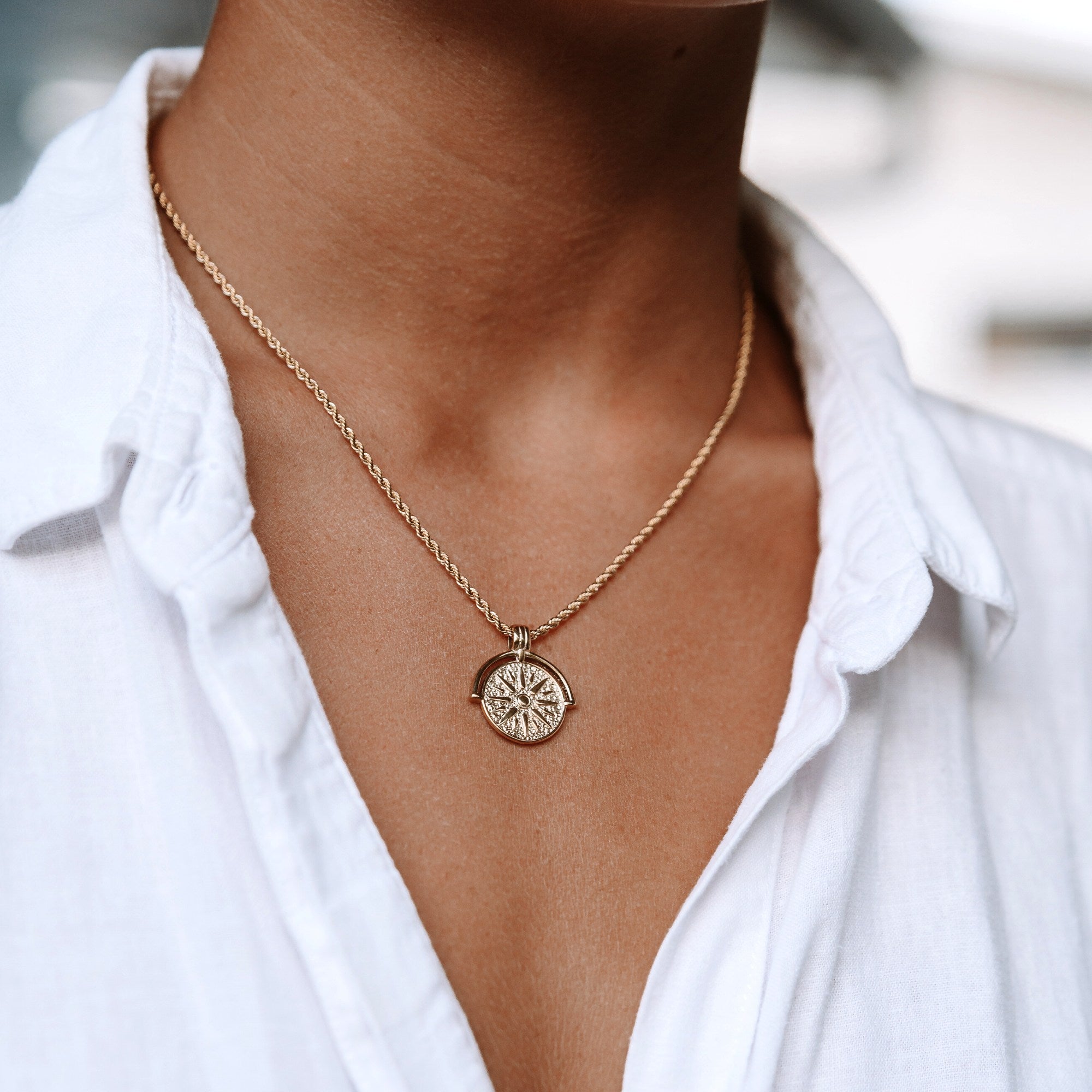
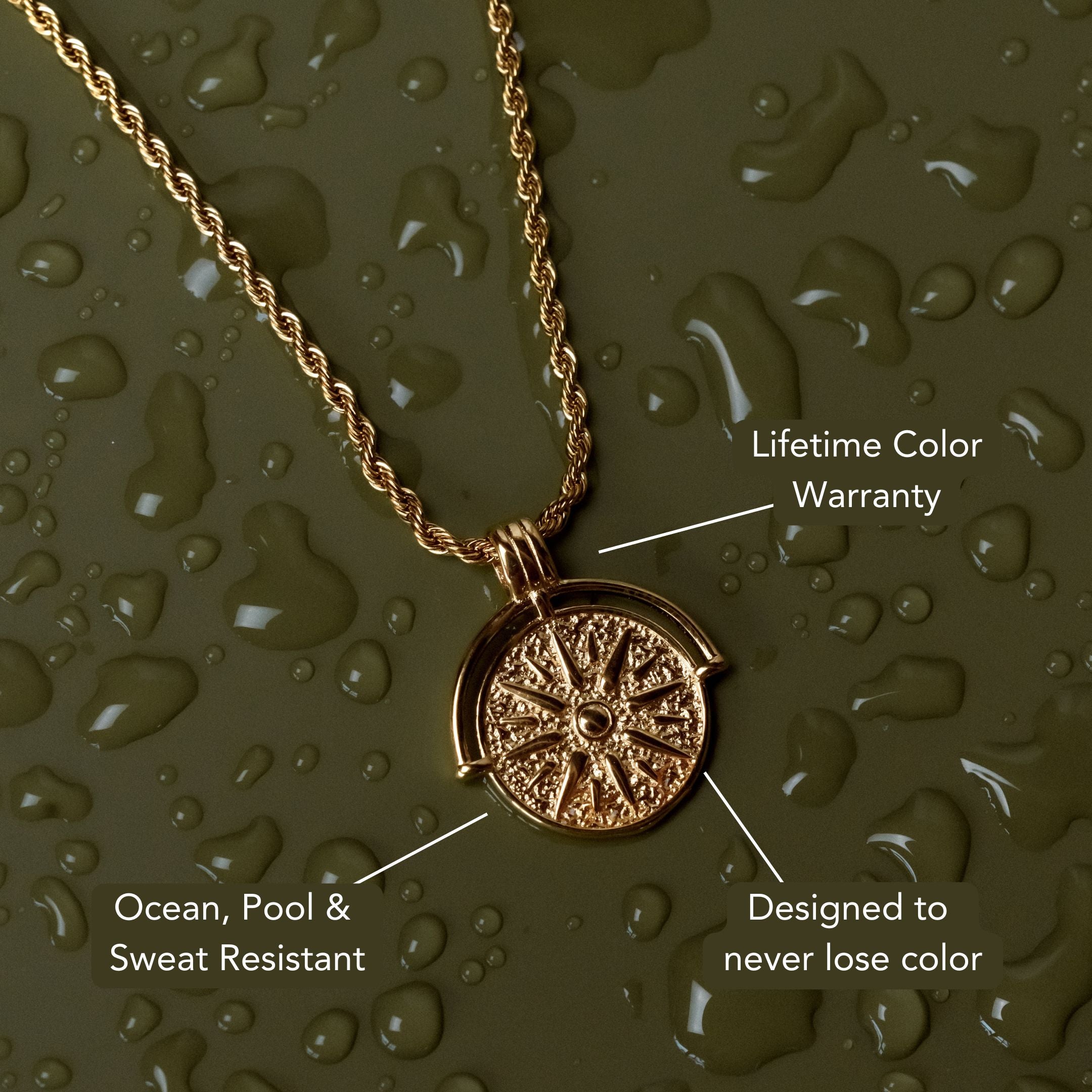
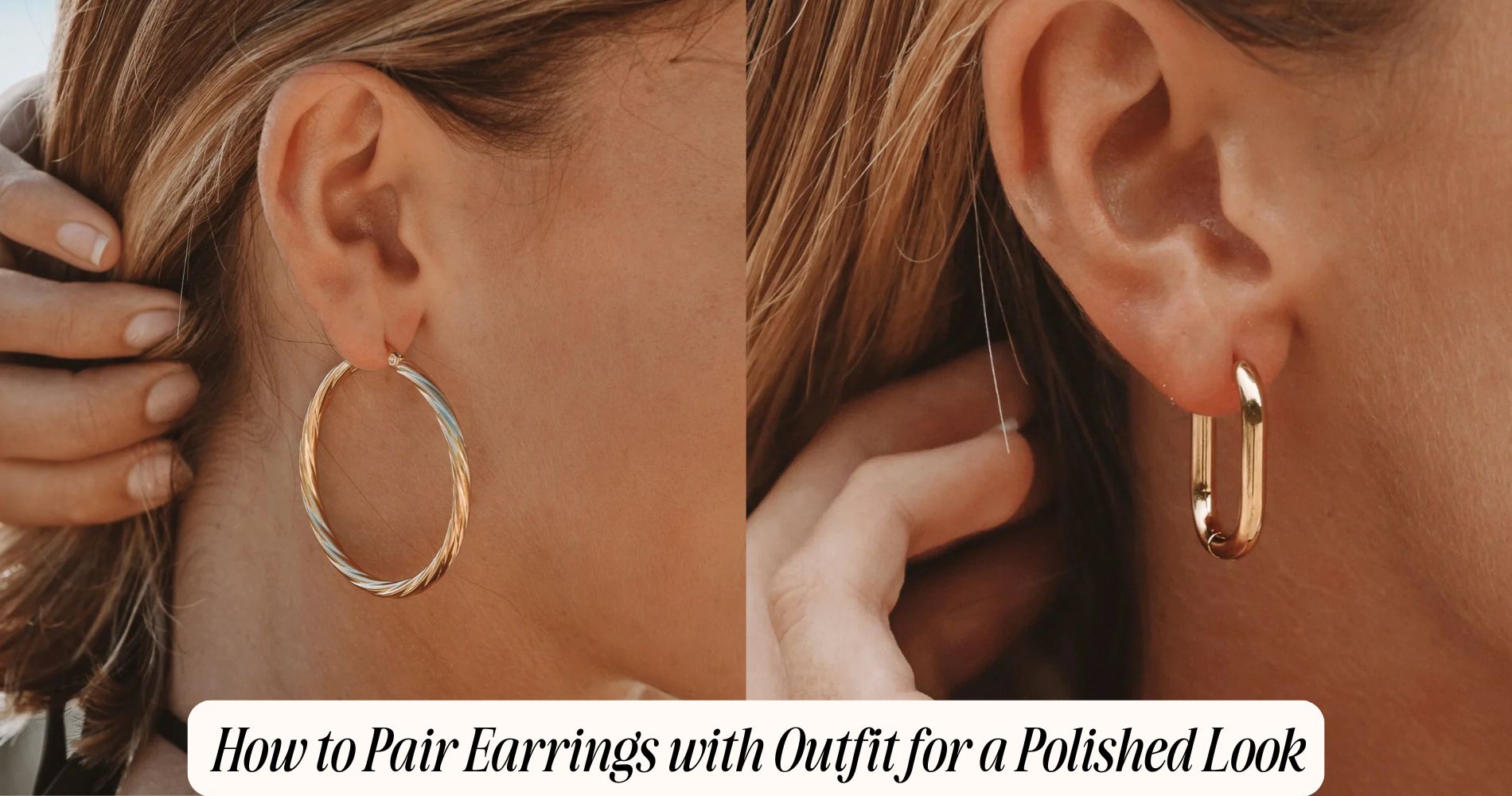





Leave a comment
This site is protected by hCaptcha and the hCaptcha Privacy Policy and Terms of Service apply.